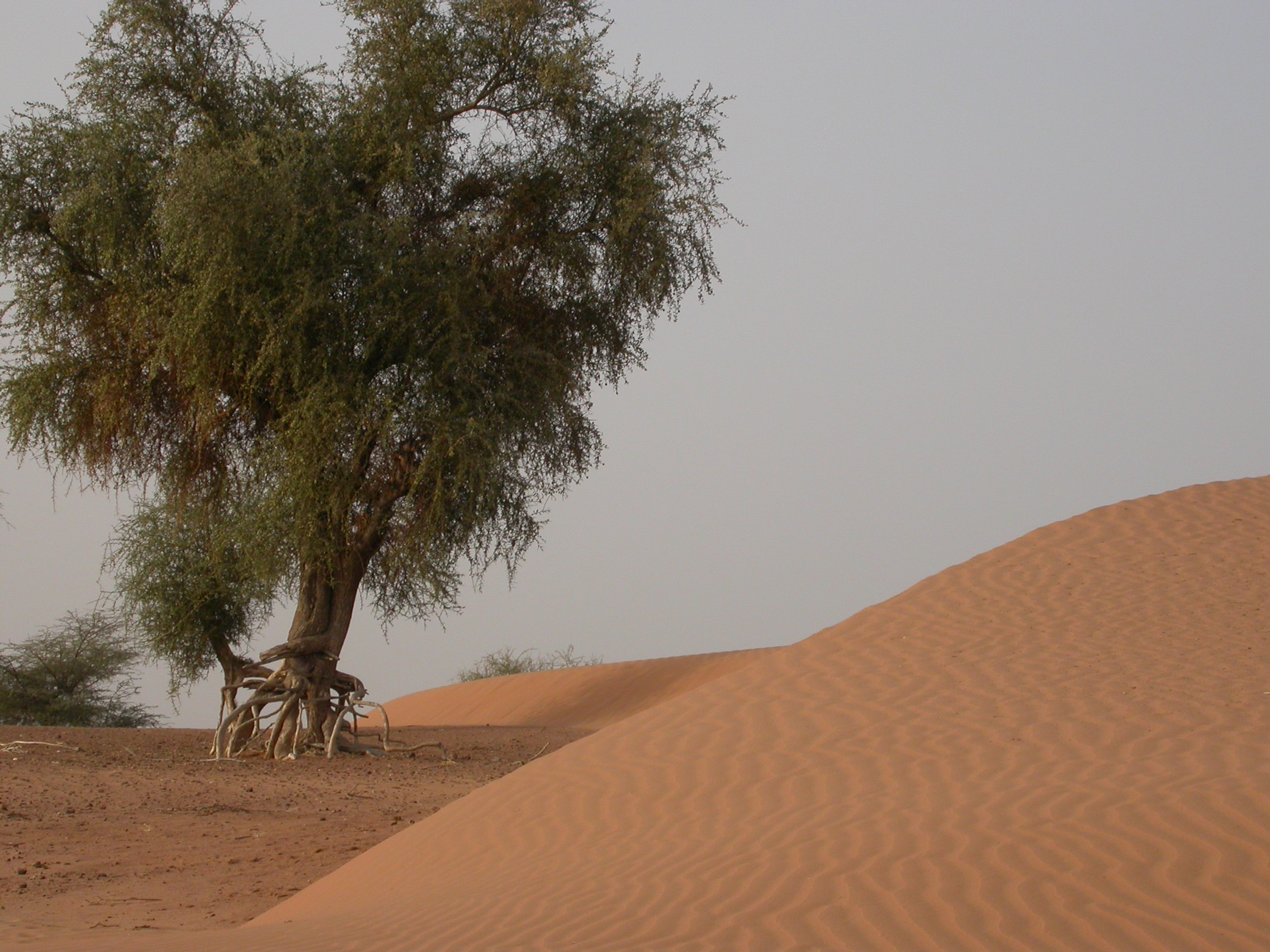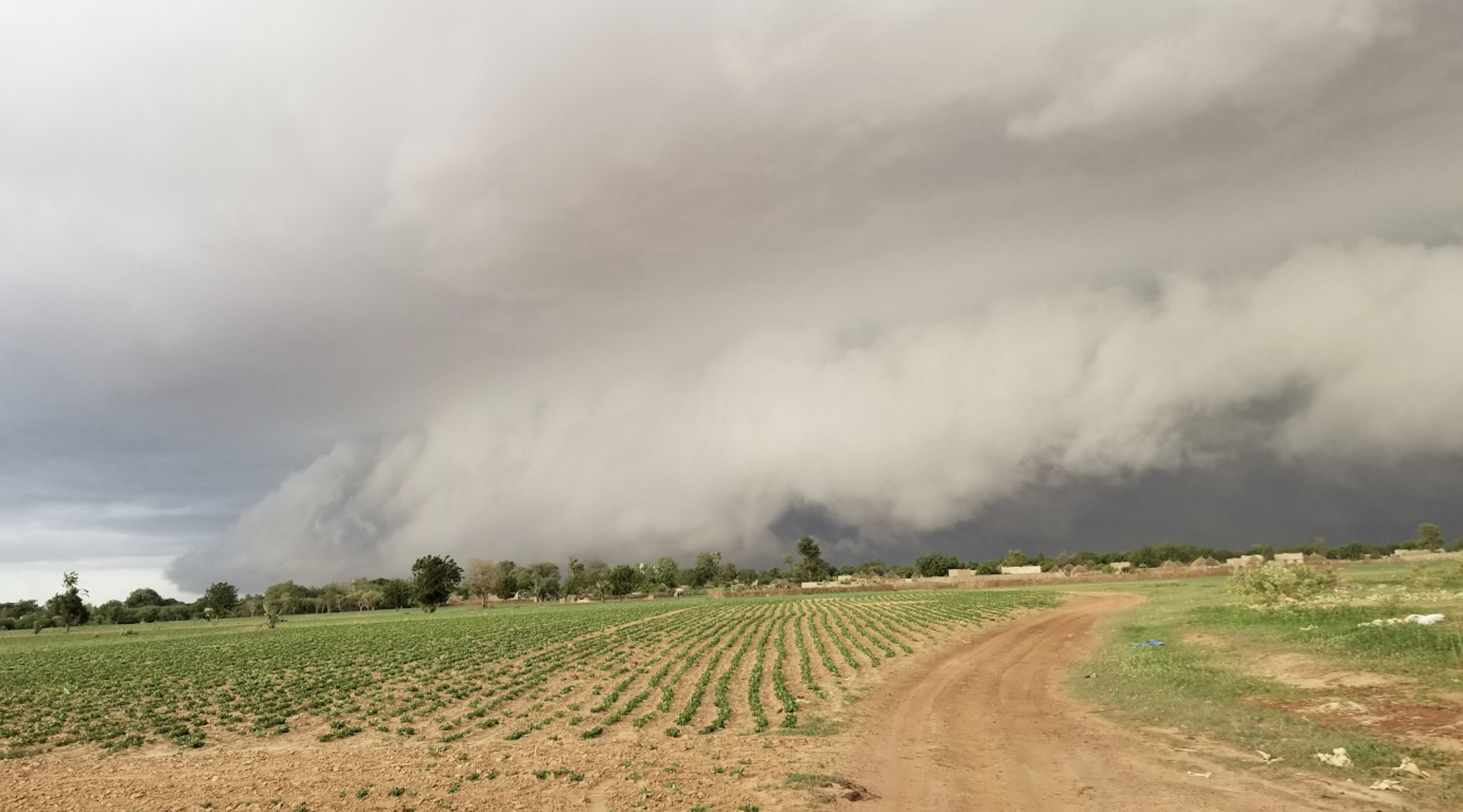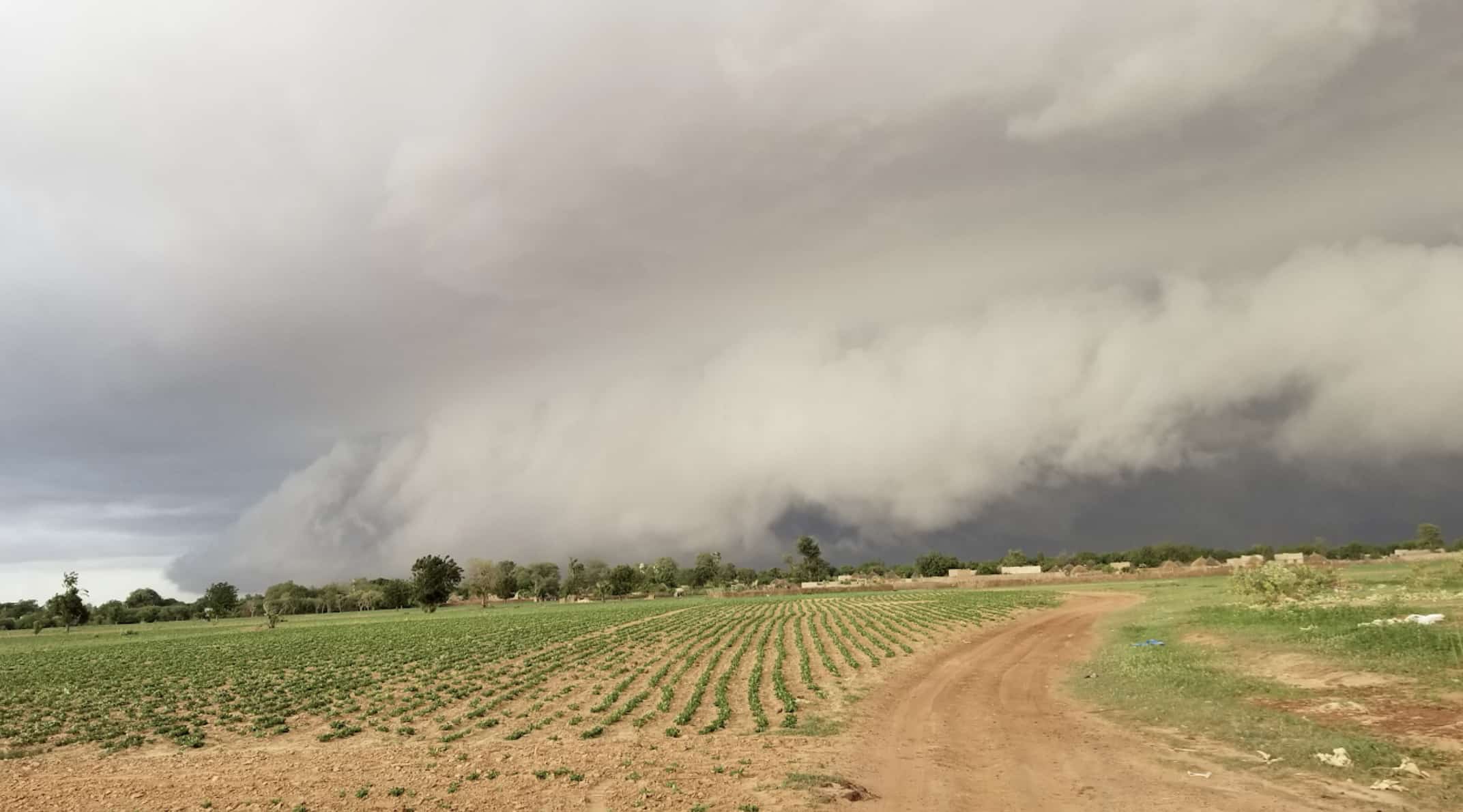Dust storms are not new and the journey of dust from the Sahara Desert in Africa around the world has been taking place for millenia. African dust is credited with benefiting many natural systems on the planet, including offering nutrients to vegetation half a world away. (Here’s one study about the benefits of African dirt in the Amazon rainforest.)
The difference between trans-Atlantic dust in the past and trans-Atlantic dust today is that there seems to be a lot more of it with every passing year.
We’re losing topsoil at an alarming rate, with 70% of our global topsoil already gone. In Africa, 73% of topsoil is gone. At the same time, the Sahara is growing.

I’ve seen these seasonal dust storms firsthand in my time in Senegal and they are incredibly powerful and impossible to ignore. If you visit West Africa from March to July, you will immediately notice the sand grains hitting your face as you step off the airplane. The dry dust storms whip up the dirt and dust from land that is bare of any plant life, and the amount of soil that is displaced is incredible.

I took the above picture last August in West Africa. At that time there were some crops covering the ground and protecting the soil, but that isn’t the case in June when farmers are just starting to plant. You can see what a dust storm looks like from the ground. Animals get visibly and audibly agitated. People take cover and the dirt fills the air to a point that you would struggle to see your extended hand if you held it out in front of you. These dust storms come quickly, often with a strong Harmattan Wind at their back, racing across West Africa from the northeast and taking any remaining topsoil with them.
If you zoom in on Google Maps and look at the farming towns that border the Sahara Desert, you can see the circle of desert that is growing around each village.
At Trees for the Future, we’re helping farmers repair their land and revitalize soil through a regenerative agroforestry method called the Forest Garden Approach. Instead of planting row after row of nutrient and water intensive monocrops, we’re helping farmers plant nitrogen-fixing trees and crops that improve the health and stability of the soil. The Sahara is growing, but in the communities where we work, farmers are reclaiming their farmland and thriving off of lush, fertile soil.
The success we’ve seen through the Forest Garden Approach is encouraging for any environmentalist or sustainable agriculture advocate, but there is still a lot of work to be done to end destructive farming practices and transform the global food system. As I witness soil degradation across sub-Saharan Africa, I’m not at all surprised by the increasing size of dust clouds, but I am hopeful that it can illustrate for those of us living in more temperate climates just how severe soil degradation really is and drive more of us to action.
John Leary is an agroforestry expert and the Executive Director of Trees for the Future.
